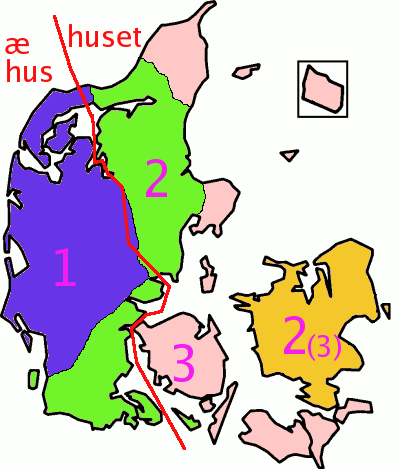Komentarze (3)
@Deykun pojęcie masz o co chodzi w "common gender"?
@DiscoKhan
Historically, nouns in standard Danish and Swedish, like other Germanic languages, had one of three grammatical genders: masculine, feminine, or neuter. Over time the feminine and masculine genders merged into a common gender. A common gender is also partly used in some variants of Dutch, but in Dutch the merge is incomplete, with some vestiges in pronouns. Swedish also has deviations from a complete common gender. Danish has no such vestiges since unlike Dutch and German, it does not use the same pronouns for objects and people, but like English, it has natural gender personal pronouns for people and separate grammatical gender pronouns for objects and animals.
Niebieska wyspa
Zaloguj się aby komentować

